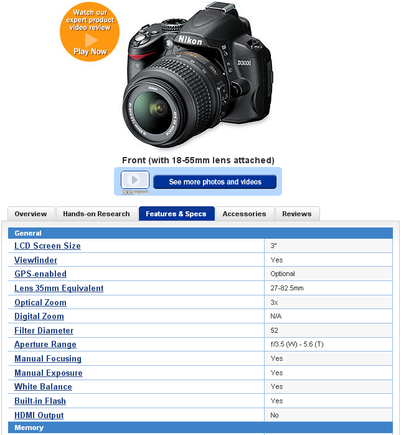When merchants talk about ecommerce conversion, it usually centers on design, button placement and ease of checkout. The process, though, actually starts the second someone lands on any web page. This is why textual content is so important.
Here are eight rules for using text on your ecommerce site that eliminate confusion, welcome your new visitors and otherwise answer all questions about your products.
1. Don’t Assume Customers Understand Your Products
Product descriptions and supporting pages–like Frequently Asked Questions and customer service details–are highly important. Not only does word choice help define rankings in search engines, it can help teach visitors about products and how to use them. Oft-used terms are always new to someone. Many new Internet users still post on sites asking what LOL (Laughing Out Loud) means.
2. Define Acronyms and Initialisms
Assuming that everyone knows what these types of abbreviations mean can increase frustration amongst those not-in-the-know. Even if the visitor has heard the term repeatedly, he may not know what it actually means. An acronym uses the first letter of each word in a term or company name, but is pronounced as a word (e.g. ROM for “Read-Only Memory”). An initialism also uses the first letter of each word, but each letter is pronounced on it’s own (e.g. FAQ).
3. Spell Out Organization Names and Specialized Terms
Upon first mention, organizations and terms should be spelled out, with the abbreviation in parenthesis. This is the rule most newspapers and online magazines follow, so visitors will be used to this method. Each subsequent mention (in the same section) can then use the abbreviation, such as:
- Federal Bureau of Investigation (FBI).
Visitors may still not know what the words actually mean. So, if the definition is short and easy to understand, put it right after the term(s) in parenthesis, or define it in the following line, or by using indents, which can help break up lengthy text. An example of this is:
- Two Read-Only Memory (ROM) chips prevent system data from being mistakenly overwritten. (ROM does not allow for writing to the memory.)
Also, when explaining specialized terms, remember:
- If the term or process needs to be defined in detail, link a pop-up, a separate page, or tag full descriptions at the bottom of the page. Use layman’s terms, always.
- If words are still too technical, use examples that relate to everyday life.
- For lengthy details, section headers make it easier to read. Remember, you should always list the most important factors first.
- If consumers can’t find what they need, savvy users will search across the web. This greatly reduces the chance of conversion.

Screen capture from Crutchfield.com, using tabs to provide extremely detailed product information.
4. Remember the Search Engines
Search engines crawl ecommerce pages, so your terms used should reflect common search terms as well as address all shopper concerns.
5. Address Common Questions
Always take into account common questions your shoppers ask. If the same question has been asked more than once, chances are you need to address it on the site. For every one shopper who contacts you (via phone or email), you can assume at least 20 others didn’t reach out. This is because technology makes running an online search quicker than phoning, or emailing and waiting for an answer.
6. Go Beyond the Manufacturer’s Content
Manufacturer-supplied content is not enough. Chances are your competitors also use this verbiage, so you need to expand and offer more details. This especially helps shoppers who’ve already navigated brand web sites.
7. Publish Customer Feedback
Customer comments (reviews and testimonials) are part of the content. People rely on word-of-mouth just as much as they do technical specifications, product descriptions and pictures.
8. Use a Blog
Still need to explain with lots of pictures and additional text? Blog about it. Many companies use blogs to share information and drive traffic into their online stores. And, done right, it works.
Summary
These eight suggestions are just the tip of the iceberg, so to speak. But, using these ideas as a foundation will convert more visitors into actual customers.




